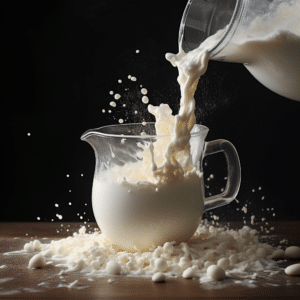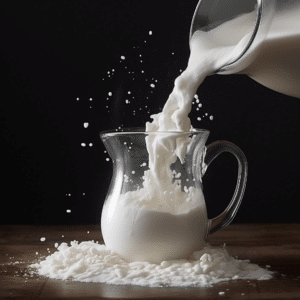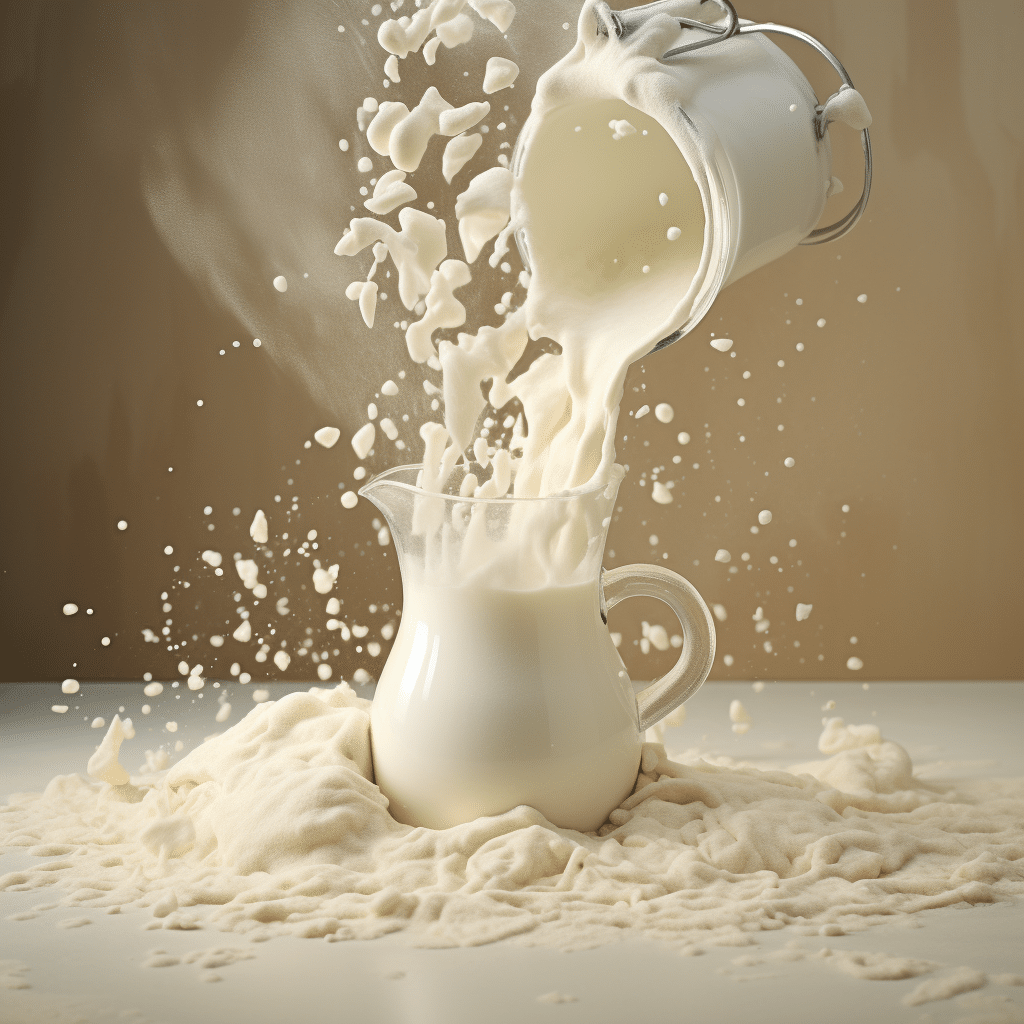Breast Milk to Powder: Benefits, Process, and Considerations
Breast milk is a baby’s superfood, which is rich in nutrients beneficial to their health. Pediatricians advise mothers to breastfeed exclusively for six months and continue for up to two years in addition to other foods. You can breastfeed your baby, express and store the milk for the baby to take later, or turn it into powder.
Turning breast milk into powder is rare but practiced in some regions. If the milk is properly processed, it retains its nutrients and is beneficial to the baby. This article looks deeper into the process of turning breast milk into powder, its benefits, and its risks.

Why Is Breast Milk Important
Breast milk is essential in a baby’s development. It helps protect a child from diseases and infections, provides nutrients, helps boost his immunity, and may help improve his IQ. In addition, it is readily available and does not require cooking, and is budget-friendly. Breast milk provides sufficient nutrients for an infant’s first six months without any other food or drink. Pediatricians advise mothers to breastfeed exclusively for those first months and continue after weaning until the baby gets to two years.
How To Turn Breast Milk Into Powder
Breast milk is turned into powder through a process known as sublimation which involves the conversion of solids into gaseous form. The sublimation process is best done in a factory setting, where there is appropriate equipment and enhanced hygiene standards. Below are the steps that are followed in turning breast milk into powder;
- The first step is to dry and deep freeze the milk. Sublimation converts a solid into a gaseous state, so the milk has to be in solid form to qualify for this process. It is frozen to a temperature of -40 degrees celsius.
- The second step is to put the frozen milk into a deep vacuum, achieved by removing all air in the chamber.
- Thirdly, a small amount of heat is introduced that turns the frozen milk into vapor. Water vapor is pulled out of the milk gently, leaving the powder.
- The final step is to seal the powder in a high-barrier bag free from contamination, moisture, air, and UV.
Benefits of Turning Breast Milk Into Powder
The process of turning breast milk into powder is complicated and time-consuming. Some of the benefits of this process include;
- It increases the shelf life of breast milk. Powdered breast milk can last for up to eight months at room temperature.
- Breast milk retains all its nutrients. During the sublimation process, no preservatives or additives are added to the milk. It retains its natural nutrients, which are available to a baby even after a long period.
- There is no wastage of breast milk. If the mother has excess breast milk, it can be turned into powder and used in the future. A mother could also choose to donate the milk.
- It is easily portable and convenient when traveling. All You need is to add some powder to your baby’s food or mix it with milk and feed the child.
- It is easier to transition from breastfeeding to weaning without denying a child the benefits of breast milk. You could mix it with his food or drink.
- Powder breast milk is a source of extra nutrients in a baby’s meal. If you are concerned about the nutritional value of your baby’s food, add powdered milk. It is an excellent source of proteins essential in bodybuilding.
- When you are unable to breastfeed due to factors such as work trips, your baby will have enough milk supply in your absence.
- If you have a child that dislikes nursing, powdered breast milk provides the essential nutrients without forcing him to breastfeed.
Cons Of Powder Breast milk
Costly
Turning breast milk into powder is a costly process that may not be affordable to some mothers. The sublimation process is extensive and is best done in a factory setting which will cost you.
Risk Of Contamination
During the dry deep freezing breast milk, there are chances of contaminating it. Moreso, it could get contaminated while in transit for processing. When a child is exposed to contaminated food, they could develop diseases fast as their immune system is underdeveloped. The safest way to give a child breast milk is through direct nursing by her mother.
Requires Large Volumes Of Milk
It would be uneconomical to turn a small amount of milk into powder. A mother has to express enough breast milk to get a reasonable amount of powder. External factors could slow down the collection process, such as interruptions in her schedules, trips, or insufficient flow. You may not be able to get enough powder as fast as you would wish.

Tips For Handling Powder Breast Milk Hygienically
- Store the milk at room temperature, away from sunlight, moisture, and foods with a strong aroma. After opening the original package, store it in an air-tight container.
- Wash your hands thoroughly with soap and water before handling powdered milk.
- When preparing powdered milk, use previously boiled and cooled warm water.
- Wash the feeding bottle or sippy cup properly before preparing the milk.
- Refrigerate excess milk and feed the baby within two hours. You could also freeze and consume within three months.
- Mix the powdered breast milk with the baby’s food or mix it with drinks, smoothies, soups, or salads.
In conclusion, breast milk is turned into powder through dry deep-freezing in a process called sublimation. The powdered milk retains its nutrients, is easily portable, convenient to prepare, has a long shelf life, and provides nutrients to infants who can not breastfeed.
However, the sublimation process is delicate and is best done in a factory to minimize risks of contamination. Powdered breast milk is healthy and contains all essential nutrients for a growing baby.






